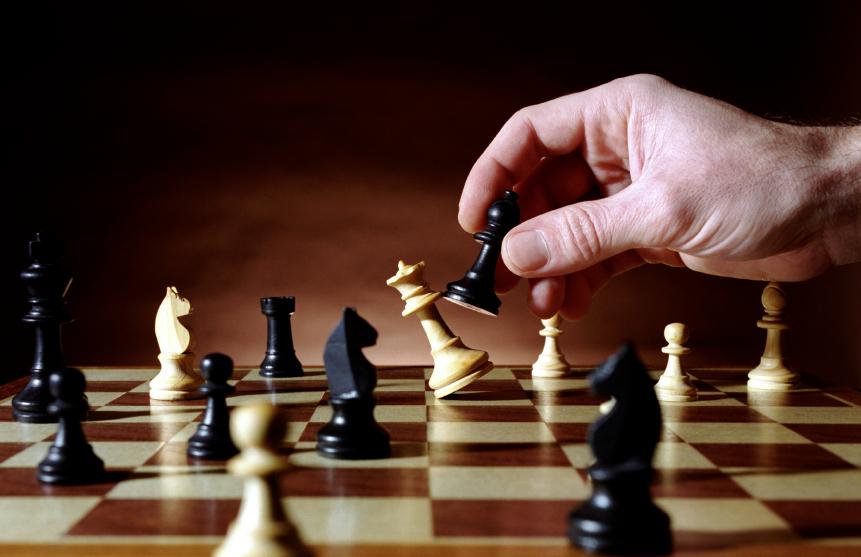
I have no idea what book this is from, its just a quote that I like (and seems to be true.)
In my continuing effort to learn chess, I have decided to focus on some of the more important overarching study topics. Things like tactics, avoiding obvious blunders, don't hang pieces, etc.
I am hoping that moving forward to have each weekly Analysis be centered on annotation and questions or comments based on weekly themes.
For this coming week I will be focusing in my games and practice on evaluating the strength of pieces during the game and hopefully use that as a spring board to looking at and studying squares and their strength (Silman has a running series called ''Mastering Squares'' which seems like a great place to look at for this topic.)
I have been studying more and found a lot of talk about the power of the center (I am sure this is not new to any of you) and powerful squares for certain pieces. I have noticed this in my games, particularly with knights in the center, so moving forward this week I will be using this theme to focus my studying and practice.
What I learned from this game:
1. Just because I have the opportunity to trade pieces, doesn't mean it is always necessary or even good. Waiting for a time when it benefits me to do so is important. Especially before my development is complete.
2. King and pawn endgames are tricky. A single move to a wrong sqaure (even if it is the right direction) is potentially game ruining. I draw if I go 45...Ke3. Missing that move, I lost.
3. I should start paying more attention to how I am moving my pawns early on. I had a few moves that were very aggressive that didn't accomplish anything important. They slow down my development and in this case caused a backward pawn later on in the game (9....b5).
Questions that arose from this game.
1. When is it ok to get your King active in a game? I am not entirely sure on when it is acceptable/good and when it is ill-advised. I know this is game dependent type of concept, but it is something that has arised lately as I make it to endgames more and more with realtively equal material and the need to get my King active has become more important.
What I learned from this game.
1. The endgame
videos and
articles I have been studying are actually starting to help.
2. The Endgame is hard. Taking more time to study my position and make the correct move is important. I threw away a win here late in this game because of my rook being overextended. This is probably one of the most frustrating things in Chess for me. To see myself winning a game, and losing not because of my opponents play, but because of my own.
3. Make sure not to overextend the duties of a piece in the end game. My rook once on the C file should have been only concerned with locking out White's King (as opposed to trying to do that and then trade with his rook).
4. A knight in the center really is powerful. Placing my Knight there early with some support forced his queen all the way back to rank 1 and the knight was a fairly important presence in the center for the next 4-6 moves.
Questions from this game.
1. Was it good to exchange the rooks and Queens when I did? I felt like it won me a pawn but had White accepted the initial exchange I don't think I end up winning the extra pawn. This is something I need to look at more.
Feel free to comment on my games, analysis, or comments on what I learned in general. I am also always looking for people to play, so if you are looking for a sparring partner feel free to comment below or send me a message.


